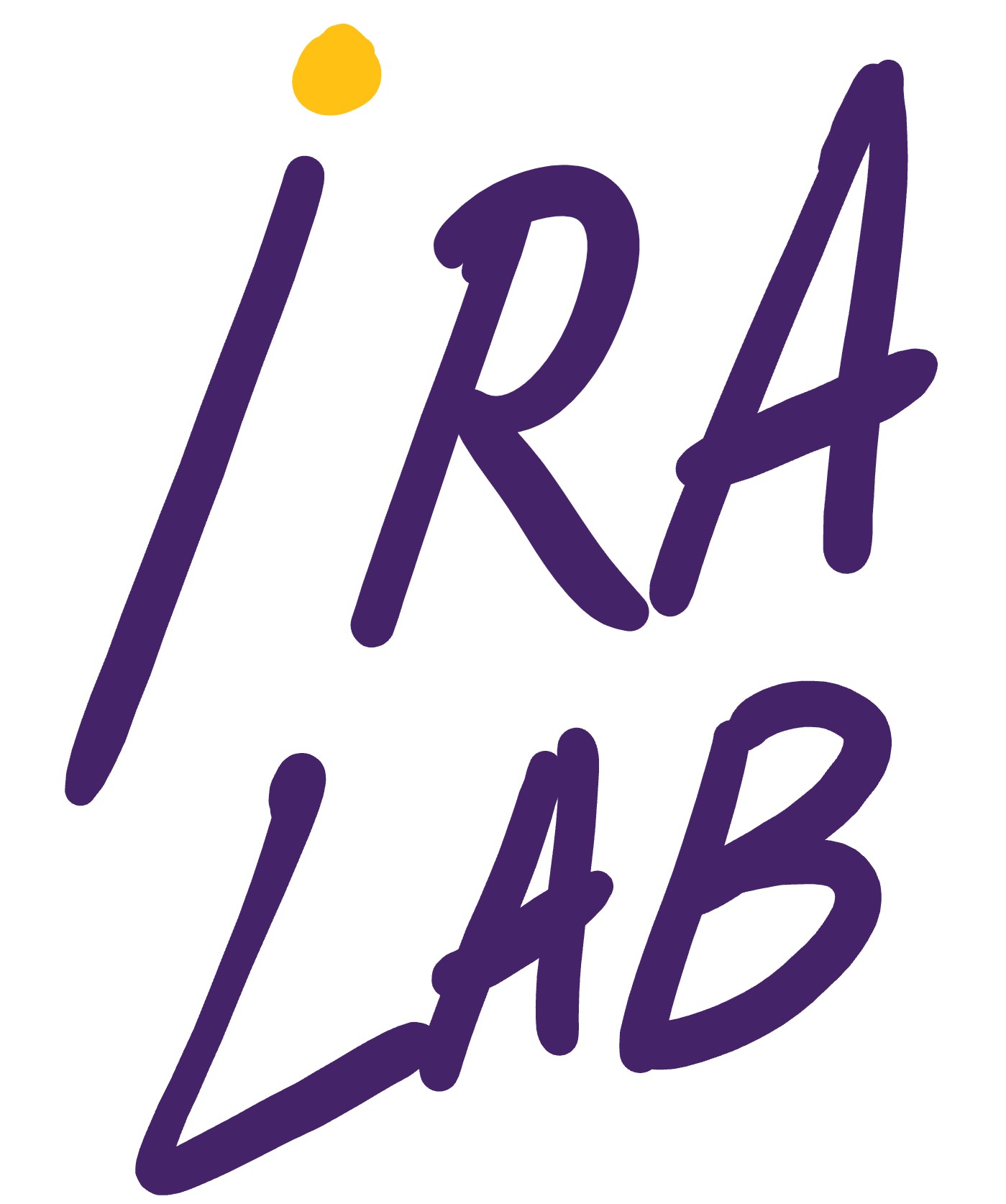This is the draft of the personal page, please duplicate it first (DONE, sorrenti), and then edit it.
The title of the page should be "Surname Name", and this should be reflected in the slug (permalink).
The picture should be a square image. The image filename should be surname-name.{jpg. png, etc}
After uploading the picture, just change the src part of the "img" tag hereafter.
Instead of "Laurea (bachelor)" use "Laurea magistrale (master)" or "dottorato (Ph.D.)" as appropriate.
"Show the page as text" and make "<img..." the first characters of the page.
Once obtained and sent to sorrenti the certificate proving the safety course has been attended, ask to be put into the list of students authorized to have the lab keys at the reception.

I'm a student of Data Science at Università degli Studi di Milano - Bicocca.
I can be reached at r [dot] marconzini [at] campus [dot] unimib [dot] it
Activity performed while with iralab
- Deep Evidential Regression for Robust Place Recognition
-
-
- type: laurea magistrale (master) Data Science
- advisor: Sorrenti Domenico Giorgio
- tutor: Matteo Vaghi
- from 02.10.2023
- project's description:
La tesi proposta si colloca nell'ambito del place recognition, il quale consiste nell'identificare in quale luogo si trova un osservatore, tra i luoghi
in cui si è precedentemente trovato, attraverso l'analisi di dati sensoriali (i.e. immagini).
In questo lavoro si intende affrontare tale compito mediante un approccio basato su reti neurali. La rete viene addestrata per identificare degli embeddings discriminativi dei diversi luoghi; in inferenza quindi, la rete estrae dal dato sensoriale corrente un embedding che viene poi confrontato con quelli dei luoghi precedentemente visitati, allo scopo di identificare quello maggiormente simile, basandosi su una specifica metrica di distanza. L'obiettivo principale di questa tesi è l'integrazione di un grado di incertezza negli output generati dal modello. Tale integrazione verrà ottenuta attraverso l'impiego di tecniche di deep evidential regression. Questi approcci consentono di quantificare l'incertezza associata alla decisione di riconoscimento del luogo effettuata dal modello, senza richiedere l'addestramento e l'inferenza delle diverse reti degli approcci ensemble noti nello stato dell'arte. -
-
